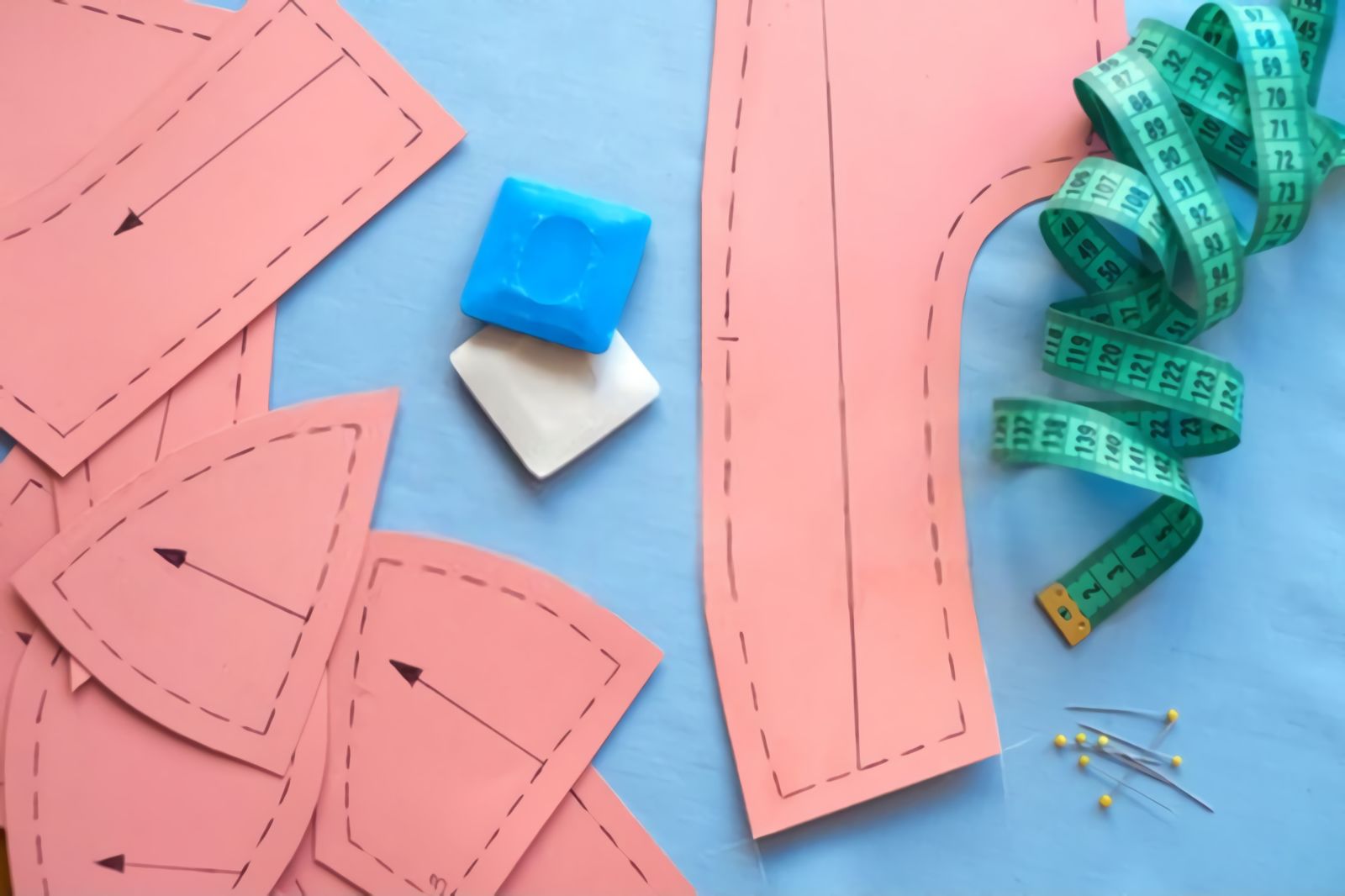With the rapid increase in patterns and new designs in the fashion industry, it’s no surprise that most of us have a lot of hidden patterns in our closets that we are yet to explore. This leads to questions on how to store our stash of patterns.
The questions many fashion designers ask themselves is, “where do I store all my patterns?” The decision on pattern storage mostly has to do with the storage of digital and PDF patterns.

Hence, this article will focus mostly on the storage of digital files and PDFs. This may be a huge challenge; we hope this article will help you in your storage decisions.
- Storage ideas for digital files
- Storage ideas for PDF and traced patterns
How to Store Your Sewing Patterns: Tips and Ideas
Storage Idea for Digital Files
The digital patterns are becoming more popular. Its popularity is attributed to the fact that it can easily be sent as PDF to be downloaded. The digital pattern is a pattern sheet broken down into A4 with the instruction book in a PDF format sent to you via email with a link for download.
Here are some storage ideas for a digital file. The first step after the download is to create a folder for your sewing patterns.
After creating a folder, you can then create subfolders for the different categories of patterns. You can name the different sub-folders like this “men”, “women”, “kids”, etc. Then under the subfolders, you can create additional folders, one for each pattern designer.
After putting them into a folder you can then back it up into any form of cloud storage. Backing it up will ensure that your projects are well-protected at all times.
Some popular backup options to consider are Google Drive, iCloud, and Dropbox. Another backup option for your digital sewing patterns is the external drives.
The cloud back options are most preferable for those that are always on the go and may require an internet connection to retrieve the files.
While the external storage option may not be easily accessible for those that are always on the go, but it requires no internet connection.
Storage Ideas for PDF and Traced Patterns


PDF patterns are one of the newest addition in the fashion world. You may or may not like it, one thing for sure is that they are easy and ready to use. Another advantage of the PDF pattern is that you can always have a digital copy of your pattern saved for you to reuse repeatedly.
The PDF patterns come in different sizes. Although the most common size in the United States is the 28”.
Storing PDF patterns may seem daintier compared to tissue, this is because they are bulkier than tissue and may not fold up easily like tissue. Hence, finding a designated space for these pattern pieces and instructions can be quite tricky.
Here are some storage ideas for your PDF and traced patterns:
Binders


The first step is to laminate the patterns using the laminating machine. This will ensure that the pattern pieces remain secure even when the binder accidentally falls over. A large three-ring binder that fits a standard letter-sized document can be used to bind the patterns.
For extra organization, multiple binders can be used for the various categories of patterns. You don’t necessarily have to print the full instruction for each pattern, you may just print the first page and other descriptive sheets for quick identification.
You could also place the laminated patterns in an accordion-style binder with separate compartments. Insert labels to identify the different patterns.
Envelopes or Folders
You can also keep all pattern pieces in a separate envelope or folder and place them in a storage box, file cabinet, drawers, or basket. The cheapest options are the manila folders when purchased in bulk, although you may try using a clear plastic envelope if you want something that is see-through.
The clear plastic envelope is quite expensive compared to the manila envelope, but they are your best option if you want a see-through storage option.
After placing them in envelopes, label each envelope for easy identification. You can use the stick on tabs to label the envelopes.
You can also use the 6” X 9” that is approximately the same size as the commercial pattern envelopes mailing envelope if you have a cramped shelve space or print out patterns with small pieces. This will ensure that all your patterns are kept together.
Hangers or Pattern Hooks


Pattern hooks are used by professional designers and pattern makers to hang their finalized patterns. This tip may come in handy for home sewers who print a lot of PDF sewing patterns and have a garment rack or extra closet space to spare.
This tip may also come in handy for those that want to avoid creasing their pattern pieces or have traced their sewing patterns onto sturdy material such as poster board or oak tag.
The pattern hooks can be difficult to find in your regular craft stores but can be purchased online. You can also improvise your own by using a tie rack, safety pins and key rings.
To improvise, punch a hole through all the pattern pieces and hook them through the safety pins onto the ring for hanging. This option may not be the best for patterns traced onto delicate materials like tissue paper.
Rolling
Another option of pattern storage is to roll your printed patterns and secure it with a band, clip or tie. All you need to do is to wrap the pattern around wrapping paper rolls or salvaged paper towel, to prevent it from getting smashed.
Avoid small rubber bands as they will crease your patterns. Label your patterns with tags and tie them unto a rubber band. Then arrange the rolls against a wall, a tall shelf, or in a decorative basket. This method is suitable if you don’t want to fold all your pattern pieces.
Plastic Document Wallets


The plastic document wallets are clear hence, the perfect choice for quick identification of your patterns. These wallets are large enough to fit in the cut-out patterns and all the instructions.
They may be too big to fit in perfectly into a magazine holder hence, you will need a box or basket to store them. They may be more expensive, take in more room than a regular folder, but they look a lot more glam than the regular folder.
Foolscap Document Wallets
The foolscap document wallets are relatively cheap and fairly durable. They may not be as clear as the plastic ones so you may just need to stick the pattern photograph or illustration on the front of the document wallet. Put the instructions and pattern inside and then place into a magazine holder.
You can put any cut out patterns in a plastic sleeve to fit in perfectly. The foolscap document wallets are large enough to fit perfectly on a book-shelf. Although they may not be as durable as the plastic wallets, they are way cheaper than the plastic wallets.
Magazine Holders


This is a popular method of storing printed PDF patterns. It has to do with putting each pattern in a clear bag that is of the same size as the magazine holder. Or better still, you can laminate the printed patterns and put them inside the magazine holder.
This article must have inspired you and given you a few tips and ideas on how to store your digital and PDF sewing patterns to tidy your pattern stash. You can try one or two of this method to have a tidier pattern library.





